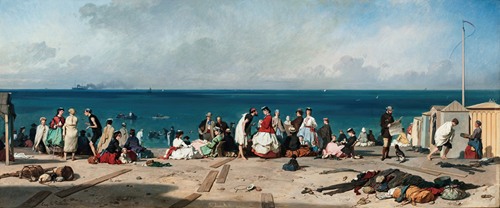
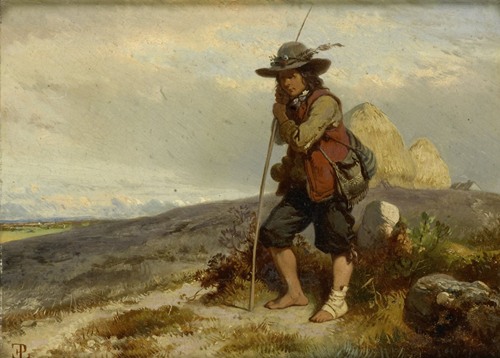
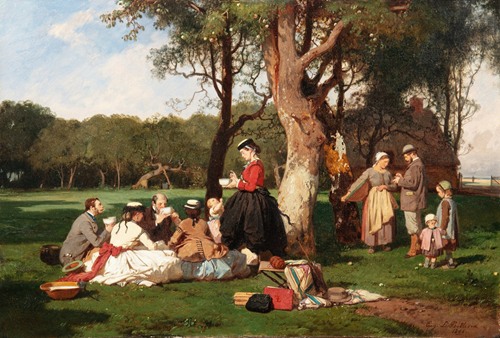

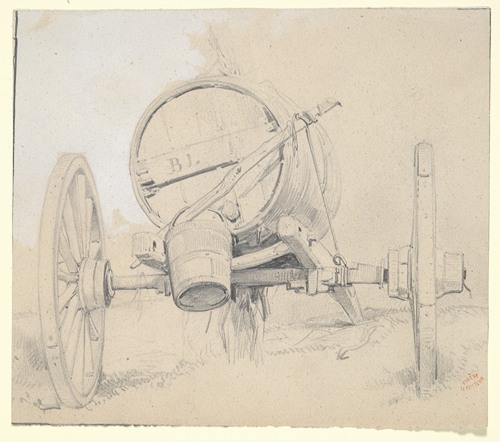
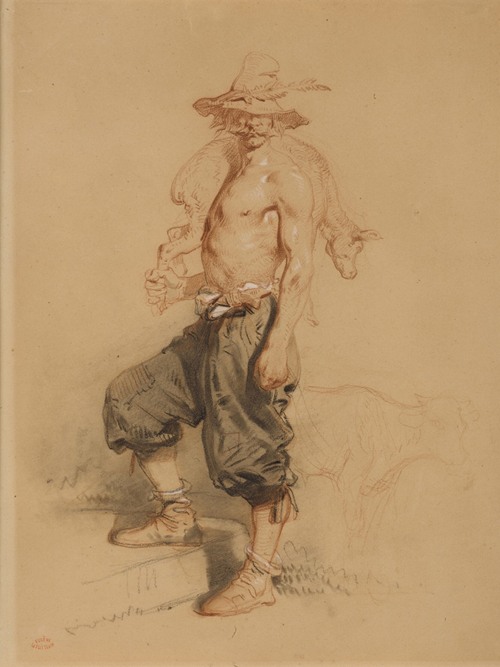
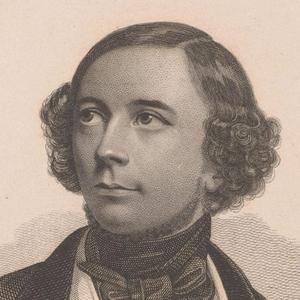

Eugène Lepoittevin was a French artist who achieved an early and lifelong success as a landscape and maritime painter. His work ranged from erotic caricatures to massive battle scenes. His works are in the collections of many museums throughout France. He made many paintings set in and around the fishing village of Étretat, and in 2020 he was the subject of an exhibition and book, L'invention d'Étretat: Eugène Le Poittevin, un peintre et ses amis à l'aube de l'impressionnisme (The invention of Étretat: Eugène Le Poittevin, a painter and his friends at the dawn of Impressionism).
Eugène Lepoittevin was born as Eugène Modeste Edmond Poidevin on 31 July 1806 in Paris. He was the son of Nicolas Potdevin of Rouen in Normandy, who moved to Paris and became chief cabinetmaker at the Palace of Versailles. Over time, Nicholas Potdevin changed the family name to Poidevin, Poitevin and then Lepoittevin.
Eugène Lepoittevin married Stéphanie Anastasie Maillard (born 1825) in 1844 or 1845. They had two daughters, Eugènie Adélaïde Fanny (born 1846) and Marie Eugènie (born 1847). Stéphanie died in 1851. In 1861, Eugène married Marie Adélaïde Françoise Pironin (born c. 1812). He died 6 August 1870 at the house of his first daughter Eugènie and her husband, the tenor Léon Achard, in Auteuil [fr], which is today the 16th arrondissement of Paris.
He was not, as is sometimes stated, a relative of Guy de Maupassant, who was a first cousin and close friend of another painter, Louis Le Poittevin [fr] (1847-1909). However, Eugéne Lepoittevin and the much younger Guy de Maupassant were friends, and Maupassant as a young man (not yet famous) is thought to appear in Lepoittevin's paintings of the beach crowd at Étretat. Under the nom de plume Maufrigneuse, Maupassant would later relate some anecdotes about Lepoittevin in the pages of the periodical Gil Blas.
A younger contemporary described Lepoittevin as physically small and slender, temperamentally kind, alert and cheerful, silly or serious depending on the hour. Biographer Nadège Sébille describes him as a man who loved jokes and exuded an infectious joie de vivre.





